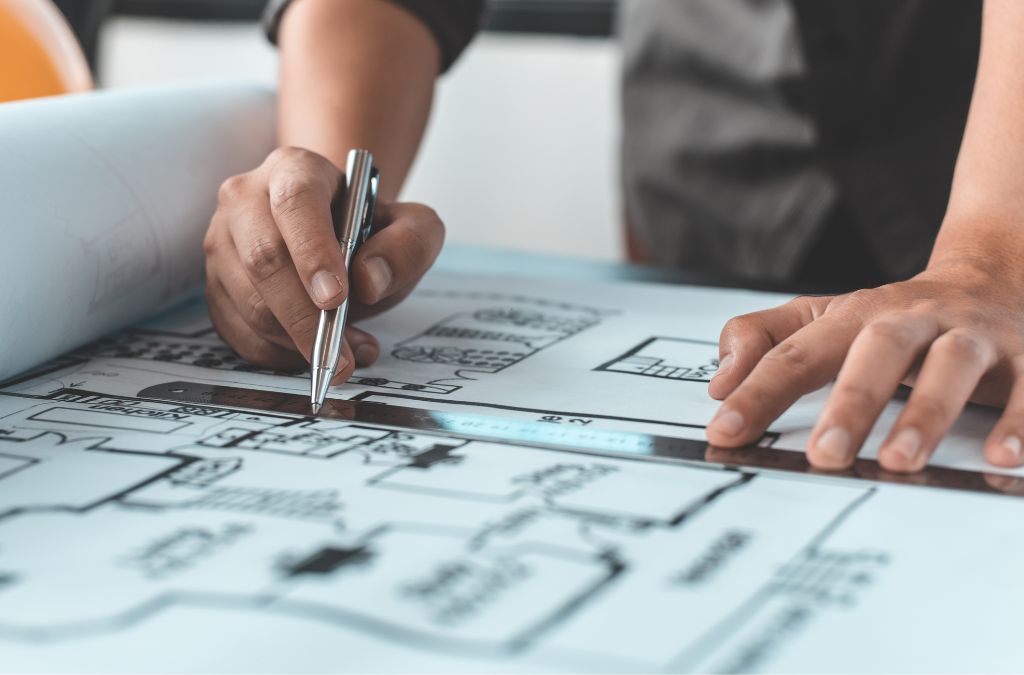-
Table of Contents
- The Role of an Architect: Designing Spaces That Inspire and Function
- The Multifaceted Responsibilities of Architects
- Impact on Society
- Innovative Approaches in Architecture
- Biophilic Design
- Adaptive Reuse
- Parametric Design
- Smart Buildings
- Case Studies
- The High Line, New York City
- The Salk Institute for Biological Studies, La Jolla
- Statistics and Trends
- Conclusion
The Role of an Architect: Designing Spaces That Inspire and Function
Architecture is more than just the creation of buildings; it is the art and science of designing spaces that inspire and function effectively. Architects play a pivotal role in shaping the environments where we live, work, and play. This article explores the multifaceted responsibilities of architects, the impact of their work on society, and the innovative approaches they employ to create spaces that are both aesthetically pleasing and highly functional.
The Multifaceted Responsibilities of Architects
Architects wear many hats throughout the design and construction process. Their responsibilities extend beyond mere design to include project management, client communication, and regulatory compliance. Here are some key roles they fulfill:
- Design and Planning: Architects conceptualize and develop design plans that meet the needs and desires of their clients. This involves creating detailed blueprints and 3D models to visualize the final product.
- Project Management: They oversee the entire construction process, ensuring that projects are completed on time and within budget. This includes coordinating with contractors, engineers, and other stakeholders.
- Regulatory Compliance: Architects must ensure that their designs comply with local building codes, zoning laws, and safety regulations. This often involves obtaining necessary permits and approvals.
- Sustainability: Modern architects prioritize sustainable design practices, incorporating energy-efficient systems and eco-friendly materials to minimize environmental impact.
Impact on Society
The work of architects has a profound impact on society. Well-designed spaces can enhance the quality of life, promote social interaction, and contribute to the overall well-being of communities. Here are some ways in which architecture influences society:
- Public Spaces: Thoughtfully designed public spaces, such as parks, plazas, and community centers, foster social interaction and create a sense of community.
- Residential Design: Architects design homes that cater to the diverse needs of families, providing comfortable and functional living environments.
- Commercial Buildings: Efficiently designed commercial spaces, such as offices and retail stores, enhance productivity and customer experience.
- Healthcare Facilities: Hospitals and clinics designed with patient well-being in mind can improve health outcomes and reduce stress for both patients and staff.
Innovative Approaches in Architecture
Architects are constantly pushing the boundaries of design, employing innovative approaches to create spaces that are both inspiring and functional. Some of these approaches include:
Biophilic Design
Biophilic design integrates natural elements into the built environment, promoting a connection to nature. This approach has been shown to reduce stress, enhance creativity, and improve overall well-being. Examples include incorporating green walls, natural light, and indoor gardens into building designs.
Adaptive Reuse
Adaptive reuse involves repurposing existing structures for new uses. This approach not only preserves historical buildings but also reduces the environmental impact of new construction. A notable example is the transformation of old factories into modern loft apartments or office spaces.
Parametric Design
Parametric design uses algorithms and computational tools to create complex and innovative architectural forms. This approach allows architects to explore new geometries and optimize building performance. The Heydar Aliyev Center in Baku, Azerbaijan, designed by Zaha Hadid Architects, is a striking example of parametric design.
Smart Buildings
Smart buildings incorporate advanced technologies to enhance the functionality and efficiency of spaces. These technologies include automated lighting, climate control systems, and integrated security features. The Edge in Amsterdam, often referred to as the “smartest building in the world,” exemplifies this approach with its extensive use of IoT (Internet of Things) devices.
Case Studies
Examining real-world examples can provide valuable insights into the role of architects in designing inspiring and functional spaces. Here are two notable case studies:
The High Line, New York City
The High Line is an elevated linear park built on a disused railway track in Manhattan. Designed by James Corner Field Operations and Diller Scofidio + Renfro, the park has become a popular public space, attracting millions of visitors each year. The project demonstrates how innovative design can transform underutilized urban areas into vibrant community spaces.
The Salk Institute for Biological Studies, La Jolla
Designed by Louis Kahn, the Salk Institute is renowned for its minimalist design and integration with the surrounding landscape. The building’s open courtyards and use of natural light create an inspiring environment for scientific research. The Salk Institute exemplifies how thoughtful design can enhance both functionality and aesthetics.
Statistics and Trends
Understanding current trends and statistics in architecture can provide a broader perspective on the profession. Here are some key points:
- Green Building: According to the World Green Building Council, green buildings can reduce energy consumption by up to 30% and water usage by up to 50%.
- Urbanization: The United Nations reports that 68% of the world’s population is projected to live in urban areas by 2050, highlighting the need for innovative urban design solutions.
- Technology Integration: A survey by the American Institute of Architects found that 70% of architects believe that technology will significantly impact the profession in the coming years.
Conclusion
Architects play a pivotal role in shaping the spaces that define our lives. Through their multifaceted responsibilities, they create environments that inspire and function effectively. By embracing innovative approaches and considering the broader impact of their work on society, architects continue to push the boundaries of design. As urbanization and technological advancements continue to evolve, the role of architects will remain integral in creating spaces that enhance our quality of life.
